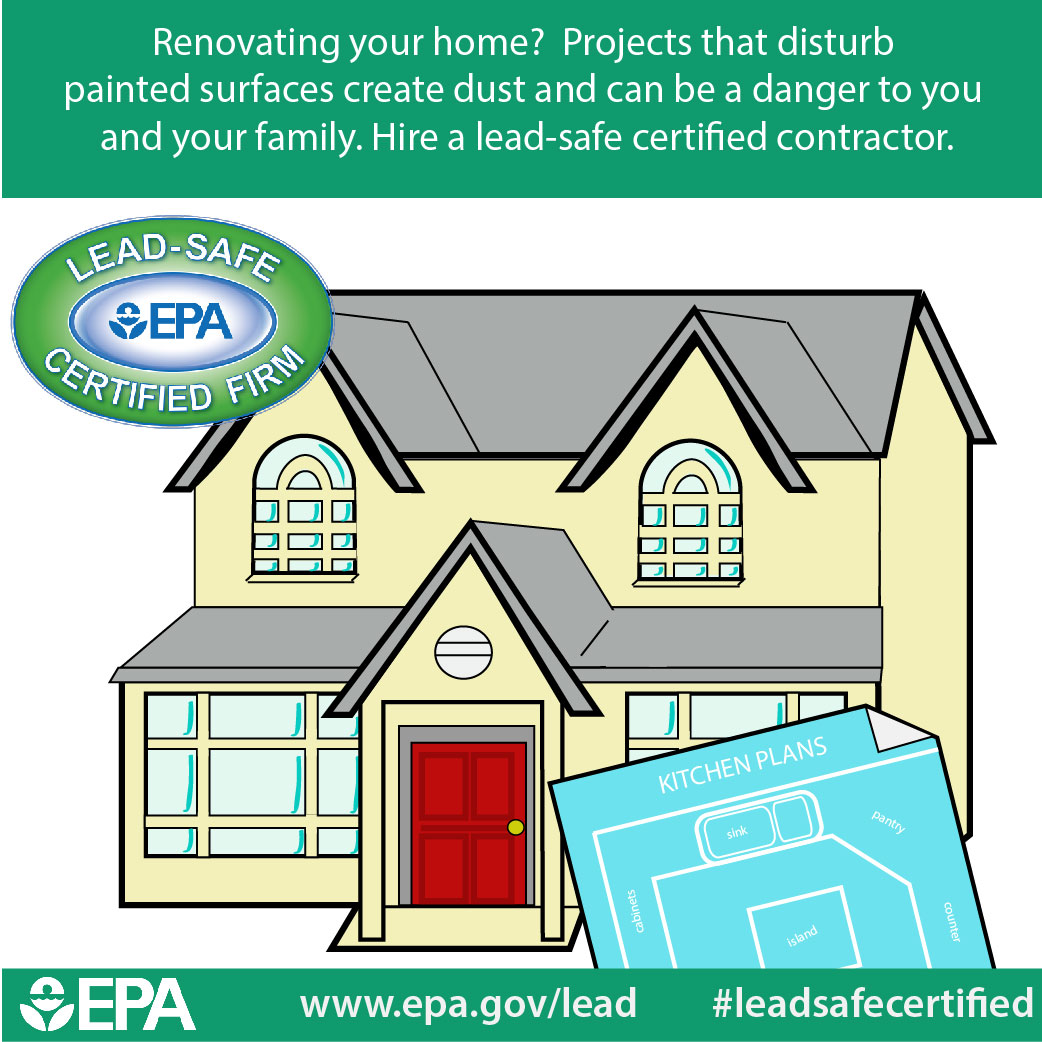Understand Just How Climate Effects Industrial Painting Jobs And Find Important Techniques To Navigate Unpredictable Problems For Ideal Outcomes. What Will You Learn Next?
Understand Just How Climate Effects Industrial Painting Jobs And Find Important Techniques To Navigate Unpredictable Problems For Ideal Outcomes. What Will You Learn Next?
Blog Article
Web Content By-Dejesus Refsgaard
When you're handling a commercial painting job, you can't disregard exactly how weather condition plays an important role in your success. Variables like temperature, humidity, and wind can either boost or threaten your efforts, influencing everything from application quality to safety on the job website. You might think you can paint anytime, yet the truth is that certain problems can lead to costly delays or inadequate surfaces. Recognizing these aspects is key, however what details methods can you implement to ensure optimal outcomes amidst unforeseeable climate?
Temperature Level and Paint Application
When it comes to industrial paint, temperature level plays an essential role in exactly how well the paint sticks and dries out. If you're planning a job, watch on the temperature level variety recommended by the paint producer. Preferably, you intend to work within that array for optimum results.
When temperature levels are too low, paint can become thick and more difficult to use, bring about uneven protection. You may find yourself battling with brush strokes or roller marks that just won't go away.
On the other hand, heats can create paint to completely dry also rapidly. This can cause concerns like splitting or peeling, as the paint does not have adequate time to bond effectively to the surface area.
If it's also warm, think about scheduling your help cooler parts of the day, such as morning or late afternoon.
Moisture and End Up Quality
Moisture significantly influences the finish quality of industrial paint jobs. When moisture levels are high, wetness airborne can hinder the drying process of paint. This can result in problems like poor attachment, uneven surfaces, and increased drying times.
You may discover that your paint takes longer to cure, which can delay your job timeline.
On the other hand, reduced moisture can likewise posture problems. If view is too completely dry, paint can dry out also rapidly, preventing proper leveling and causing a harsh coating. painters in my area want your paint to flow smoothly, and fast drying out can hinder that, leaving you with a disappointing surface.
To achieve the most effective finish, go for humidity levels between 40% and 70%. This variety permits ideal drying out conditions, making sure that the paint adheres well and degrees out correctly.
Think about making use of dehumidifiers or followers to regulate moisture in interior projects, and try to prepare outside tasks for days when moisture is within the perfect array. By focusing on humidity, you can enhance the final appearance and sturdiness of your business paint work.
Wind and Outside Conditions
While you mightn't think about wind as a major element, it can substantially affect the end result of exterior commercial paint projects. High winds can disrupt your application process, triggering paint to completely dry too swiftly. When paint dries too quickly, it can lead to an irregular finish or noticeable brush strokes.
You'll additionally face obstacles with paint overspray, as wind can bring bits far from the desired surface area, causing wasted materials and potential damage to surrounding locations.
Moreover, https://archive.curbed.com/2016/10/7/13174886/interior-designer-painting-tips can produce security dangers on duty site. Ladders and scaffolding are more at risk to tipping in windy problems, putting your team at risk. It's critical to keep track of wind rates before starting a task. If winds surpass risk-free restrictions, it's ideal to postpone your job to ensure a top quality coating and maintain safety and security.
On calmer days, you can benefit from the ideal problems to achieve smooth, professional results. Constantly check the weather report and strategy as necessary.
Verdict
Finally, understanding how weather affects commercial painting is vital for attaining the best outcomes. By checking temperature level, humidity, and wind conditions, you can arrange your jobs throughout ideal times. This not only guarantees a smooth application yet additionally enhances the quality of your finish. So, watch on the projection and plan as necessary-- doing so will certainly conserve you time, cash, and frustration while delivering an expert result every single time you paint.
